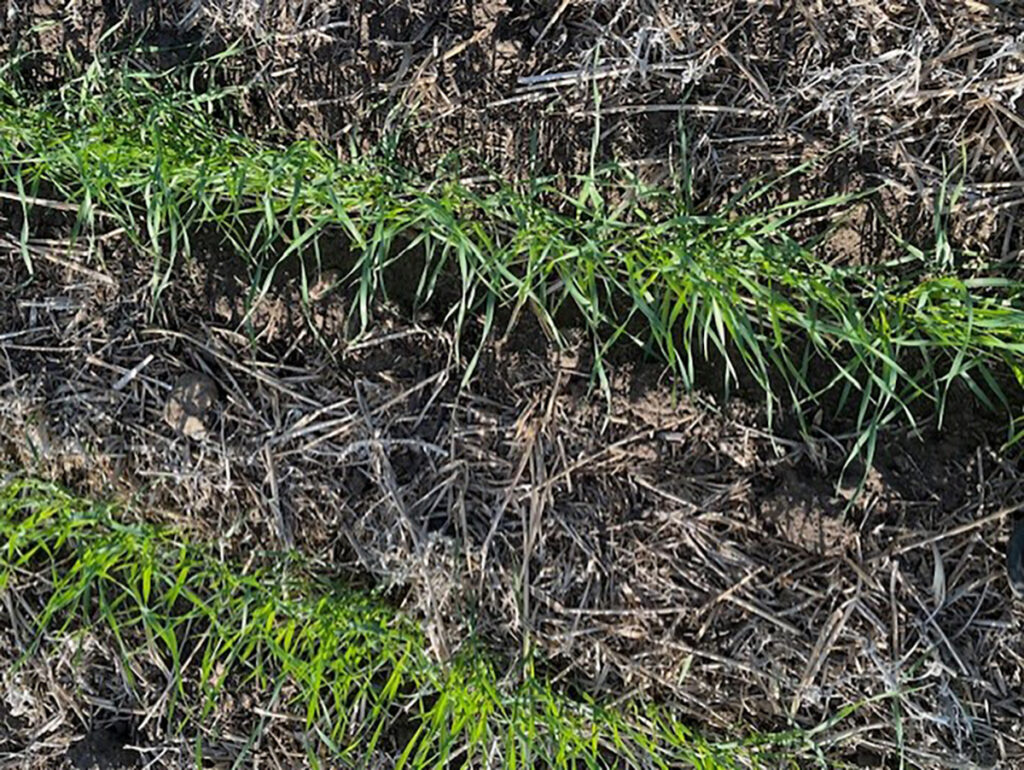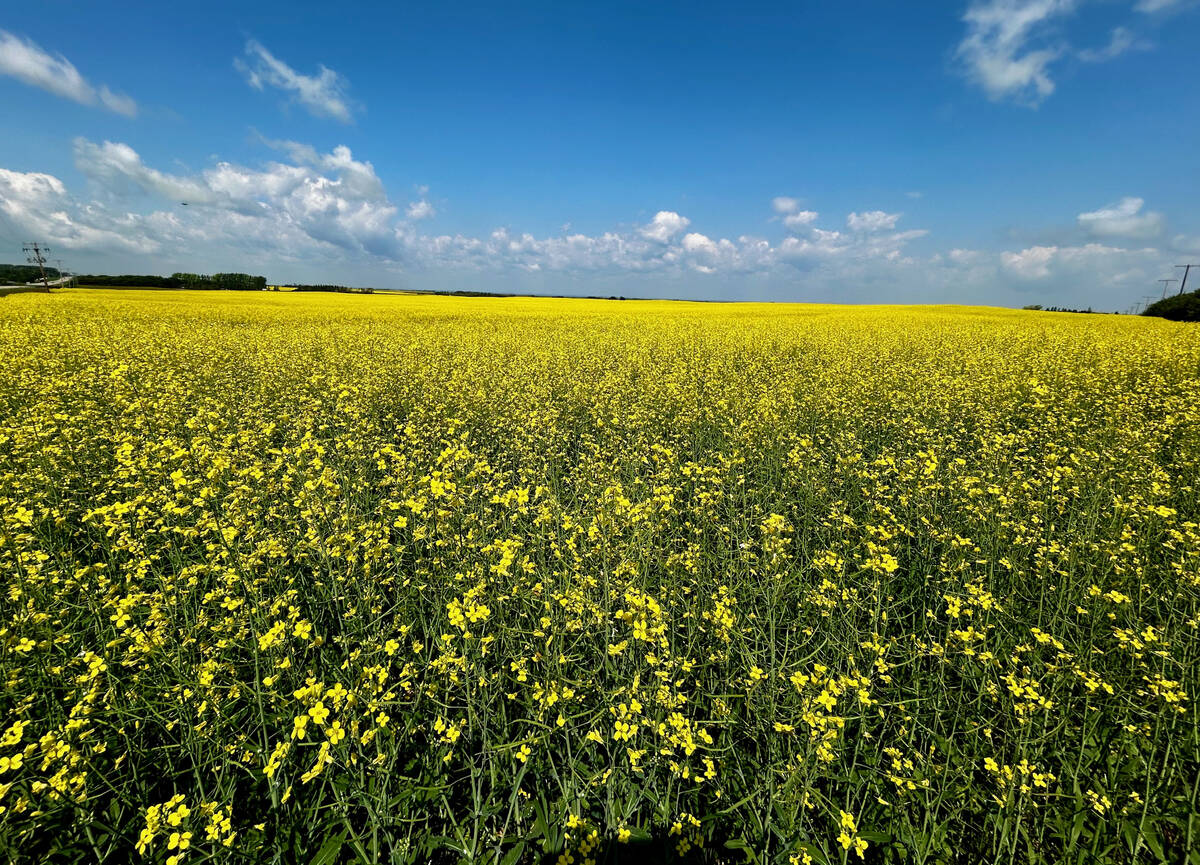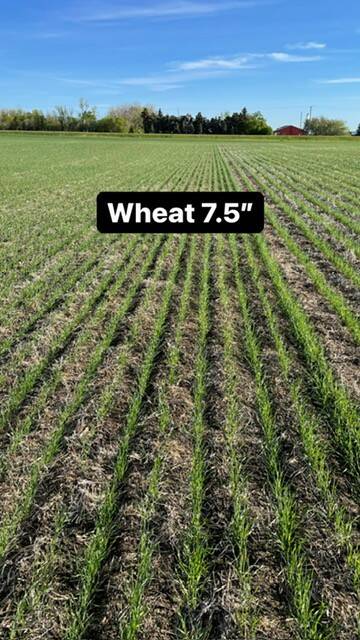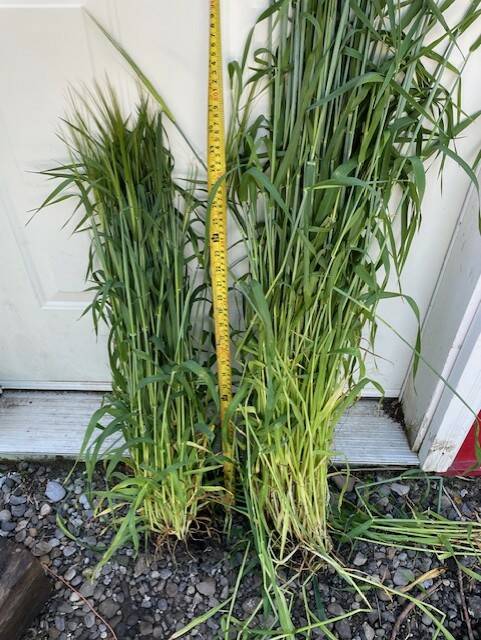On-farm research helps fine-tune farming practices

Glacier FarmMedia – After decades of experience hosting research trials, two Alberta farmers say the work involved has yielded plenty of benefits.
Alberta producers Roy Newman of Okotoks and Devin Hartzler of Carstairs are what is often described as “co-operators.” They volunteer their time, machinery, land and often inputs to work with producer organizations, applied research associations, government agencies and private companies to test and evaluate products and agronomic practices.
As producers, the results of those properly designed research trials help them make decisions about their own farming practices. The information is often published and included in a larger database so other producers can see what worked or didn’t work in a geographic area.
Read Also


U.S. bill would get canola back into biofuel game
Canola oil would be one of the main beneficiaries of proposed changes to the 45Z Clean Fuel Production Credit making their way through U.S. Congress, says an analyst.
“Being involved in these trials can be a lot of work,” says Newman, owner of Newman Farms, which produces wheat, barley, canola and yellow peas near Blackie, south of Calgary.
“But in the long run you get way more out of being involved in these trials than what you put in.”
Newman has been involved in on-farm research trials for more than 30 years, doing crop fertility trials.


In more recent years, he has been involved with Alberta Grains in a relatively new program called Plot2Farm.
Working with the organization’s agronomists, he makes his time and land available for field-scale, on-farm research projects.
Newman is also a delegate on the Alberta Grains board.
In 2022, after buying a new SeedMaster Ultra SR drill with 15-inch row spacing, Newman got involved in an on-farm trial measuring the difference in seeding wheat on narrow versus wide row spacing (7.5 inches versus 15 inches).
And in a 2023 trial, he made 30 acres available for comparing the performance of wheat varieties. Each plot was about two acres in size, and they were replicated six times.
Alberta Grains develops the protocols for each of the on-farm trials, and then Newman’s own consulting agronomist works with him to lay out the trials on the farm.
Newman found the plant count with the two different row spacings was about the same, with about 31 to 33 plants per sq. foot.
Wheat yield was slightly higher with the narrow spacing, but the crop grown under wider row spacing had six per cent higher protein.
It also appeared to produce savings in equipment and fuel costs, although further economic analysis is needed.
“The wheat yield was down a bit, but in other on-farm trials we did on our own, the yield on barley, peas and canola was as good or better on 15-inch spacing,” says Newman.
“So, we stayed with 15 inches.”
In 2023, Newman’s Plot2Farm research project compared CDC Go, a CWRS wheat, against AAC Viewfield and CDC Hodge.
In the replicated plots, AAC Viewfield produced up to six per cent higher yield. For Newman, who had been growing CDC Go, that was enough for him to switch varieties.
“You don’t make the decision lightly, but if there is an appreciable yield difference, it is worth making the effort.”
Newman has worked with several research organizations over the years. He says he looks for on-farm research trials that answer questions in which he is interested.
“It helps me make better management decisions. I always encourage other producers to get involved as well. The more we are able to evaluate production practices and share that information, the better it is for all producers.”
Triple H Farms, Carstairs, Alta.
Devin Hartzler is part of fourth-generation, family-owned Triple H Farms at Carstairs, north of Calgary. He’s also second vice-chair on the Alberta Grains board.
His father, Leonard, recently received recognition for 25 years as a certified seed grower.
The farm produces wheat, barley, canola and yellow peas, mostly as certified seed, although they do have commercial crops in rotation.
Hartzler says they’ve worked on on-farm research projects with different organization for many years. For example, in the last 10 years, they’ve worked with Dekalb to evaluate new canola varieties in field-scale trials.
“Most are Dekalb varieties, but if I want to include some other brand, they are OK with that, too. All yield information is available afterward. It helps to determine which varieties we should be growing and recommend to our customers as well.”
Hartzler has also worked with companies with on-farm research trials evaluating new seed treatments, new fungicides and new herbicides.


He has also evaluated variable rate fertility in field trials with his own machinery.
“It is nice to work with an organization or company because they help with the layout, and plots are replicated and yield is accurately weighed,” he says.
“And often the results are published, so along with other farmers, we can have confidence in the information.”
In recent years, Hartzler has worked with Alberta Grains on several Plot2Farm research projects.
In 2023, he was involved in research trials evaluating the effectiveness of a nitrogen stabilizer product, Nitrain 2, applied to spring wheat.
In 2022, he had field-scale trials looking at the effectiveness of nitrogen fixing Utrisha-N on wheat.
Also in 2022, he was involved in a project evaluating whether there was a benefit in increasing the barley seeding rate using CDC Austenson barley — three different rates targeting 22 plants, 27.5 plants and 33 plants per sq. foot, respectively.
“If you are just looking at yield, there was no benefit in that year, but perhaps there were other benefits. With higher seeding rates, perhaps there was improved crop competition against weeds. So, there could be other benefits producers can see.”
Hartzler says they’ll also run their own on-farm trials looking at different treatments or practices.
“They do take extra work, but they need to be done properly so you are getting the best information. It is worth the effort because you always learn something.”
Lee Hart is a long-time agricultural writer based in Calgary. Contact him at 403-815- 3719 or by email at lee@fbcpublishing.com.
Source: producer.com


